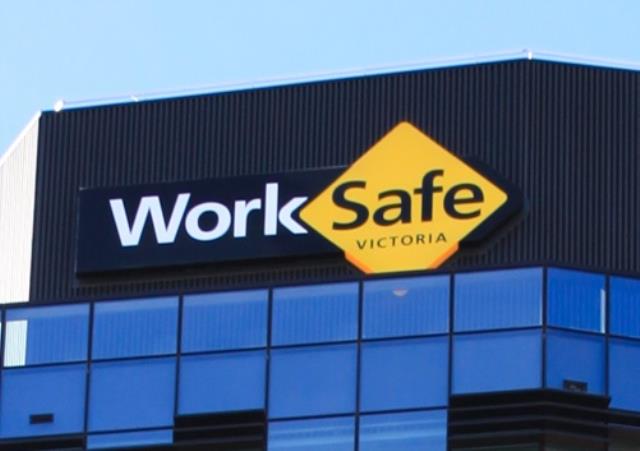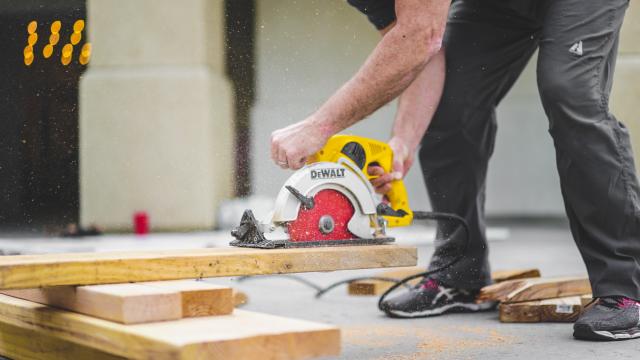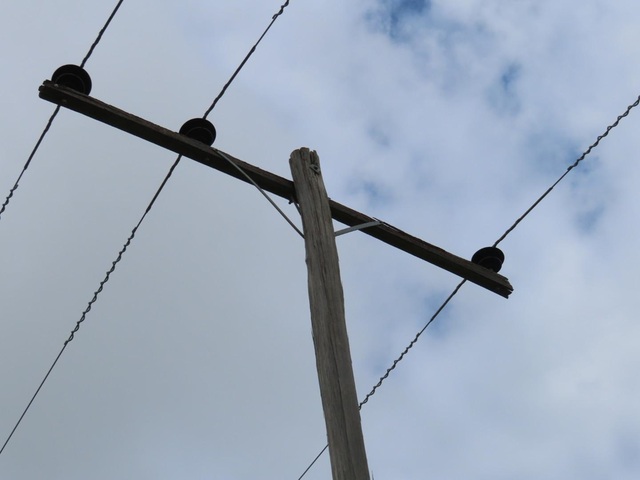Melbourne’s west is home to some of the most frequent users of Victoria’s legal aid service.
New research shows that St Albans was in the top five suburbs in the state for Victorian Legal Aid (VLA) use between 2003 and 2013.
Dandenong, Frankston, Reservoir and Sale were the others in the top five.
A report, released last week, mapped the most frequent users of legal aid and identified the top one per cent as “high-contact” users.
They represented 1.2 per cent of VLA’s clients, yet accounted for 12 per cent of total services.
The research found that high-contact users exhibited certain demographic characteristics, the most alarming being that most made their first contact with VLA before they were 18.
Many had a criminal record that began when they were aged 10 to 17.
Most had psychiatric issues, acquired brain injury, a cognitive disability or were Aboriginal or Torres Strait Islanders.
One of the key findings was that high-contact users tended to be Australian-born males, had a disability or were on a Disability Services Pension and had approached the VLA for help with a criminal issue.
They also tended to be younger, with an average age of 28.
It was noted that both high-contact users and regular VLA users came from relatively disadvantaged areas.
VLA’s director of family, youth and children’s law Nicole Rich said Brimbank was an area where a lot of people were really struggling.
“It points to the fact that these clients need non-legal services, support services like counselling, alcohol and drug support services and medical services,” she said.
She added that a lack of job opportunities didn’t help.
Her concern was echoed by youth worker Les Twentyman. “Youth unemployment has been stagnant for about 20 years,” he said.
“The latest census [2011] data shows 2600 kids between 10 and 14 don’t go to school. Isn’t the motto, ‘Keep them in the classroom and out of the courtroom’?”
Mr Twentyman said unemployment, poor school attendance rates, local youth gangs and increasing drug use underpinned the problem.
The report concluded with the suggestion of a “two-speed system”, with a targeted and possibly case-managed approach for frequent users and a lighter model for the rest.







